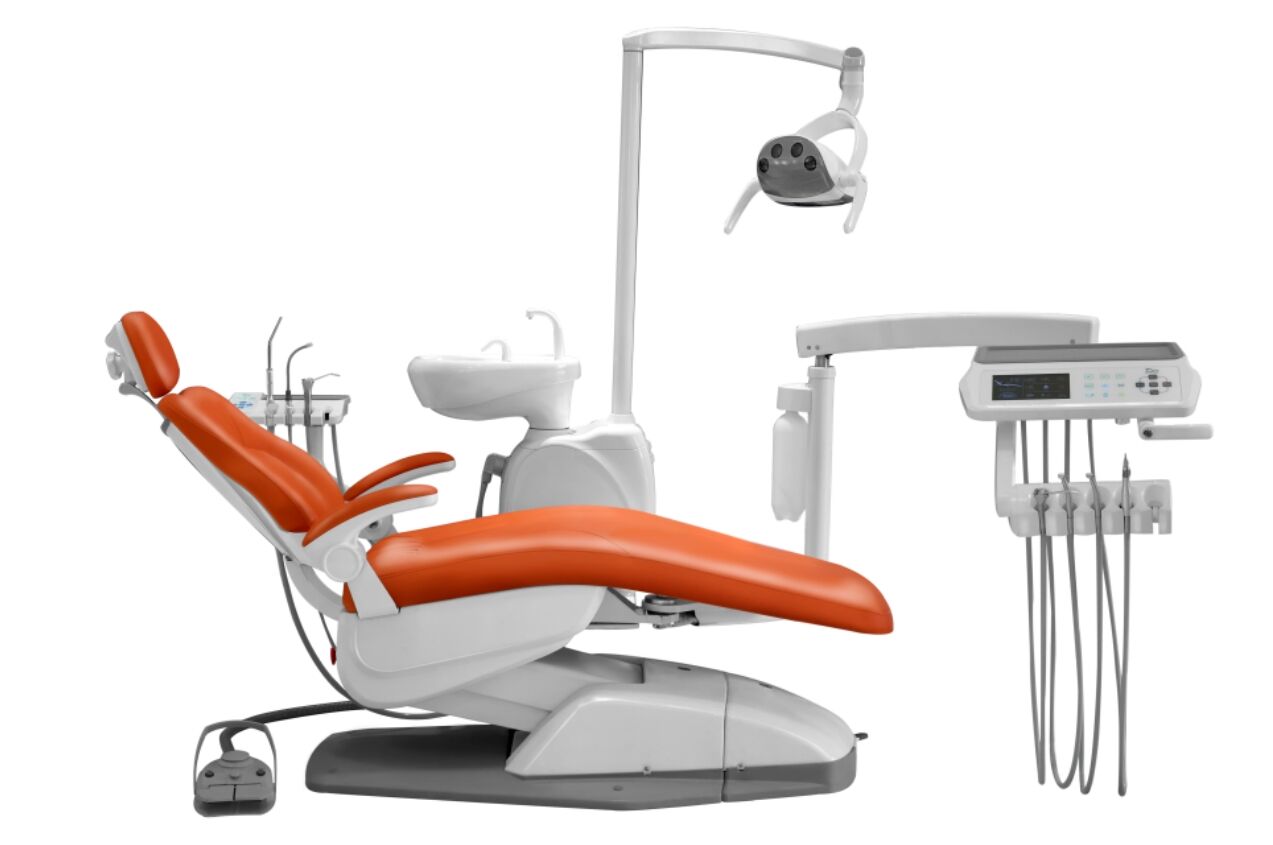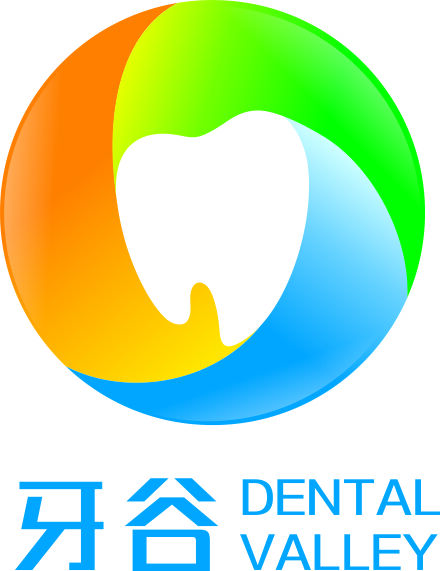歯科衛生士は、人々の口腔を健康に保つ上で非常に重要です。歯を清掃し、歯ぐきの問題が悪化する前に予防し、深刻な問題になる前におそらく発生する歯科上のトラブルを早期に発見するという作業に時間を費やしています。これらの専門家が使用する機器は、患者に不快感やリスクを生じさせることなく、高品質なサービスを提供する上で決定的な役割を果たします。それでは、歯科衛生士の道具箱に必ず揃えておくべきアイテムをいくつかご紹介しましょう。これにより、毎日確実に仕事の成果を上げることができます。
歯科衛生士として新たに始める方、あるいはベテランで道具を一新したい方にとっても、さまざまな処置に最適な機器を理解することは、作業効率を高め、最高水準のケアを提供する鍵となります。
スケーリングおよび清掃に必要なハンドツール
スケーラーおよびキュレット
歯科医療専門家は、歯を清掃する際にスケーラーを非常に重視しています。これらの器具は、その用途に応じて形状やサイズがかなり異なります。主な役割としては、歯の表面だけでなく、歯茎の奥に隠れがちなプラークや歯石、頑ななな歯垢を除去することです。多くの歯科医は、2種類の基本的なスケーラーを日常的に使用します。歯肉縁上に付着したプラークや歯石の除去にはシックルスケーラーが効果的です。一方、歯周病の原因となる細菌が潜むことが多い歯肉縁下の厄介な部分には、サブジンギバル(歯肉下)の奥深くまで届いて徹底的に清掃できるユニバーサルキュレットが最適な選択肢です。
衛生士にとって、これらの器具は歯や歯茎にダメージを与えることなく、最も困難な場所でも正確に清掃するための精度を提供します。スケーラーやキュレットの使用は、患者の口腔の健康を維持し、歯肉病を予防するために不可欠です。
歯周ポケット探針
歯周プローブは基本的に細長い器具であり、歯科専門家は歯と歯肉の間にある小さな隙間の深さを確認するために使用します。歯科衛生士が定期検診の際にこの器具を使って歯ぐきのラインに沿って測定しているのは、その内部の状態が健康かどうかを調べているのです。多くの人が気づいていませんが、これらの数値には様々な状況が表れています。正常なポケットの深さは通常1〜3ミリメートルの範囲内です。それを超える深さの場合は要注意です。深いポケットは歯ぐきの下に細菌が蓄積していることを示すことが多く、放置すると歯肉炎やさらには歯を失うといった深刻な問題につながる可能性があります。そのため、定期的な歯科検診ではこの単純ながらも重要な検査が行われるのです。
歯周ポケット探針は、衛生士が患者の治療計画を決定する際の重要な診断情報を提供するため、歯科清掃において重要なツールです。目盛付き(通常はミリメートル単位)の探針は、一貫性があり正確な測定を可能にします。

電動清掃補助器具
超音波スケーラー
現在、多くの歯科衛生士は定期的な治療機器の一部として超音波スケーラーに依存しています。これらの装置は、歯の表面に付着した歯石やプラークを削り取る速い振動を発生させることで作動します。その後、歯科医師は通常、清掃プロセス中に水ですすぎ取ります。これらの機器が専門家にとって非常に有用なのは、伝統的な方法では十分に届かない歯と歯の間の厄介な部分にも対処できる能力があるからです。さらに、古い技術と比較して手作業で削り取る必要が少なくなるため、時間短縮にもなります。
超音波スケーラーは、歯石が大量に付着している患者さんや、手用スケーラーでの処置が難しい患者さんに対して特に効果的です。また、手用器具よりも処置が速く、穏やかな振動によって患者さんの不快感を軽減することができます。
エアポリッシングシステム
誰かが歯の着色を除去したり、さらに輝きを求める場合、エアポリッシングは非常に効果的です。このシステムは、圧縮空気と水、そして頑固な stains やプラークを除去する特殊な粉末を混合して使用します。この方法が他と異なる点は、作業が非常にソフトであるにもかかわらず、しっかりと処置が行えることです。歯ぐきが敏感な人にとっては、この方法が従来の方法よりも快適だと感じられることが多いです。また、通常のクリーニング後に何らかの変色が残っている場合、歯科医師はこの処置を追加の治療として推奨しています。
エアポリッシングシステムは、歯科衛生士が使用する 歯科清掃器具 機材として非常に適しています。迅速かつ効率的な着色除去を実現し、患者さんの歯の見た目をより美しく改善する効果があります。
詳細な診断のための診断機器
口腔鏡
あらゆる歯科医師の治療器具の中には、金属のハンドルがついた小さな丸い鏡がどこかにあるものです。この鏡は、特に奥歯の奥の方や歯肉の縁など見えにくい部分の歯や歯ぐきを確認するのに非常に役立ちます。歯のクリーニングの作業中は、歯科衛生士がスケーラーやキュレットなどの器具を使用する際に、この鏡を使って適切な位置に自分自身を配置します。このシンプルな器具がなければ、定期的な検診の際に狭い箇所にアクセスすることが実質的に不可能になります。
ミラーにはもう一つの重要な機能があります。それは、歯科衛生士が処置中に光を口腔内に反射させて視認性を向上させることです。高品質なミラーは正確な診断や円滑な処置に欠かせません。
探査用器具
探査用器具はエナメル質の下にある虫歯や粗い部分、腐食の検出に使われます。これらの器具は先端が鋭く、歯の表面を調べて肉眼では見えない異常を発見するのに役立ちます。
それらは充填物やクラウンの滑らかさを評価するためにも使用され、適切な形状と適合を確保します。これにより、探査用プローブ(エクスプローラー)は衛生士にとって最も重要な歯科清掃器具の1つとなり、潜在的な問題の早期発見と適切な治療の実施を可能にします。
快適さと効率のための専用ツール
使い捨てキットおよび紙エプロン
歯科衛生士は、治療区域を清潔かつ整理整頓するために使い捨てのキットやガード(エプロン)も使用します。ガード(エプロン)は患者の服を唾液や汚れから守り、使い捨ての器械トレーはすべての器具を適切に整理してすぐに使用できる状態にしておくのに役立ちます。
これらの消耗品はクリニック内で衛生的な環境を維持し、患者と衛生士の双方の安全を確保するために不可欠です。
滅菌およびメンテナンス用具
滅菌は歯科医療において重要な工程であり、衛生管理者は使用する器具が適切に清掃され、維持されていることを確認する必要があります。患者ごとの器具の滅菌処理は、交差汚染を防ぐための基本的な取り組みです。
オートクレーブ、超音波洗浄機、滅菌用パウチは、歯科用清掃器具を再使用前に完全に消毒するために一般的に使用されます。これらの機器の定期的なメンテナンスと清掃は、寿命を延ばすだけでなく、患者の安全と快適性も確保します。
結論 ― 効果的な歯科治療における適切な器具の役割
衛生管理者は、安全で効率的かつ高品質な患者ケアを提供するために、さまざまな歯科清掃器具に依存しています。スケーラーやキュレットなどの手動器具から、超音波スケーラーやエアポリッシャーなどの動力補助器具まで、それぞれの器具が口腔の健康維持と向上において重要な役割を果たしています。
適切な機器への投資をし、最新の進歩に常に精通しておくこと、そして適切なトレーニングを受けることが、最高レベルのケアを提供するための鍵です。最終的には、適切な歯科清掃用具が患者全体の受診体験を向上させ、より良い口腔健康の結果をもたらし、成功した歯科診療の運営に貢献します。
よくある質問
歯の清掃に最も必要な歯科用具は何ですか?
スケーラーは歯の清掃において最も重要な器具の一つで、プラークや歯石の除去に使用されます。
超音波スケーラーは手用スケーリング用具よりも優れていますか?
超音波スケーラーはより早く、より少ない労力で歯石の重度な付着を除去できます。ただし、手用スケーラーは特定の部位においてより精密な処置が可能です。
歯科清掃用具はどのくらいの頻度で交換すべきですか?
歯科清掃用具は摩耗や損傷の兆候が見られる際に交換する必要があります。また、長持ちさせるためには定期的なメンテナンスも重要です。
エアーポリッシングはすべての患者に使用できますか?
エアーポリッシングはほとんどの患者に効果的ですが、知覚過敏のある患者や特定の歯科疾患を持つ患者には注意して使用する必要があります。使用前には常に各患者のニーズを評価してください。

